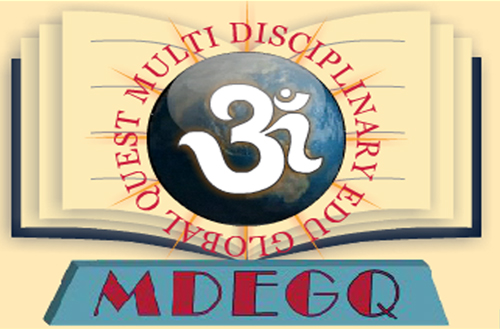E-Learning is a modern, technology-oriented training method. It is moulding the world wide educational scenario from local to global approach. In India, the education system is based on class room lectures. E-Learning is used as a teaching and learning tool by teachers and students but e-learning courses are not usually offered by Indian Universities. Prospective of e-learning is high in India but the adoption rate is very low. A good marketing strategy, awareness and evolutionary government policy is required for this purpose.

Your International Online Journal